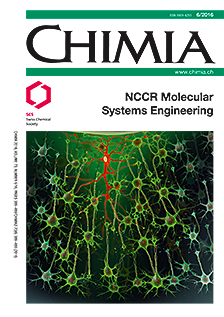Surveying the Delivery Methods of CRISPR/Cas9 for ex vivo Mammalian Cell Engineering
DOI:
https://doi.org/10.2533/chimia.2016.439Keywords:
Cas9, Crispr, Genome editingAbstract
The simplicity of the CRISPR/Cas9 technology has been transformative in making targeted genome editing accessible for laboratories around the world. However, due to the sheer volume of literature generated in the past five years, determining the best format and delivery method of CRISPR/Cas9 components can be challenging. Here, we provide a brief overview of the progress that has been made in the ex vivo genome editing of mammalian cells and summarize the key advances made for improving efficiency and delivery of CRISPR/Cas9 in DNA, RNA, and protein form. In particular, we highlight the delivery of Cas9 components to human cells for advanced genome editing applications such as large gene insertion.Downloads
Published
2016-06-29
Issue
Section
Scientific Articles
License
Copyright (c) 2016 Swiss Chemical Society

This work is licensed under a Creative Commons Attribution-NonCommercial 4.0 International License.
How to Cite
[1]
W. J. Kelton, T. Pesch, S. Matile, S. T. Reddy, Chimia 2016, 70, 439, DOI: 10.2533/chimia.2016.439.







